The Soundtrack Of Our Lives
Café Sperl, Heldenplatz, 2009
Our last release in this year and decade is an inspiring spiritual session with the six-piece Swedish band The Soundtrack Of Our Lives. We meet the band from Gothenburg at the concert venue Flex (https://theyshootmusic.at/spots/25)to take them on a long walk through the city, passing by and then get to stop at places loaded with history. When singer Ebbot Lundberg and his band mates Ian Person, Matthias Bärjed, Martin Hederos, Frederik Sandsten and Kalle Gustafsson Jerneholm gather at the equestrian statue at Heldenplatz to perform “The Passover”, the already-fainting November sun finally dips the scenery in golden light. The band that will attain its 15 years of existence in 2010 casts a spell on their audience with a singer, who resembles a priest amid a (pop)rocking collective that joins in with some gospel-like chorus. Afterwards The Soundtrack Of Our Lives pop in Café Sperl for the piano-based versions of “Flipside”, a spiritualized rock performance, and “Lifeline”, a romantic and blue ballad (during the intro an older lady, that has been attentively watching and listening, approaches Ebbot Lundberg and suggests to oil his voice a little bit). All songs mentioned are from their latest, spiritual-titled album “Communion”.
- Photography
- Simon Brugner
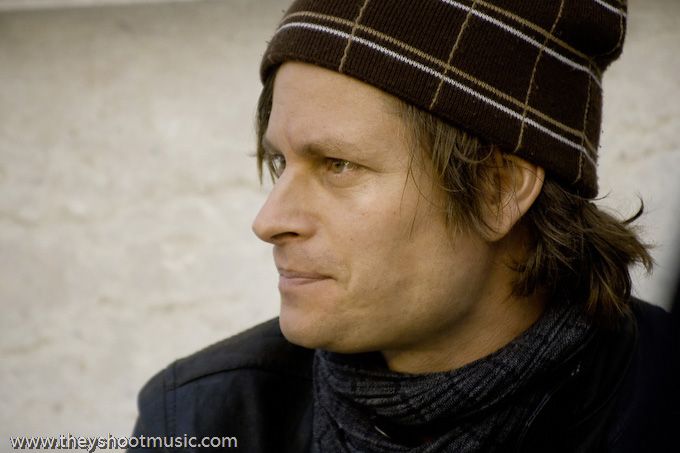
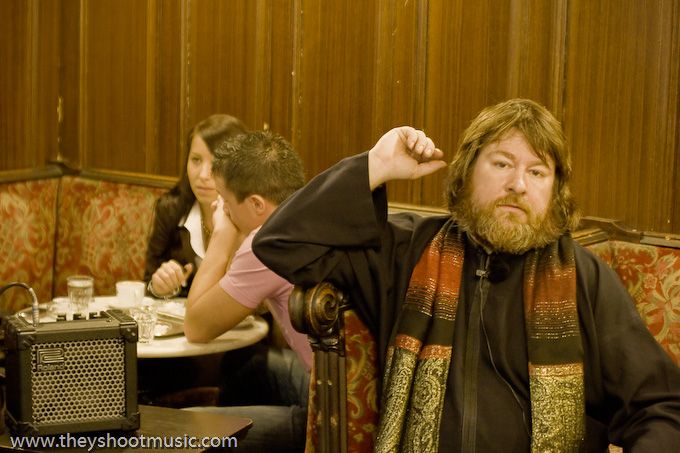
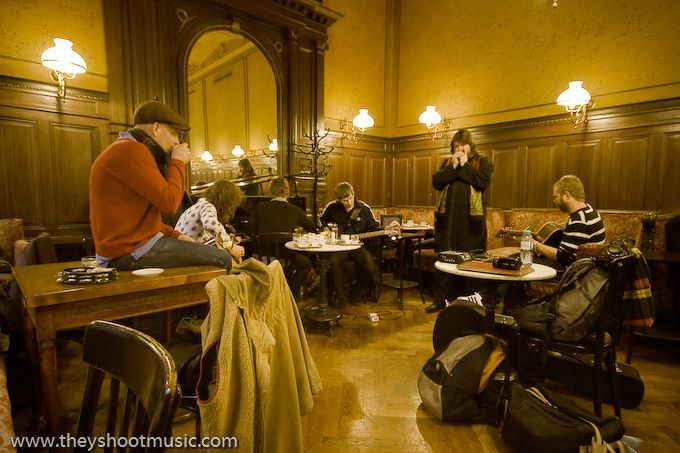

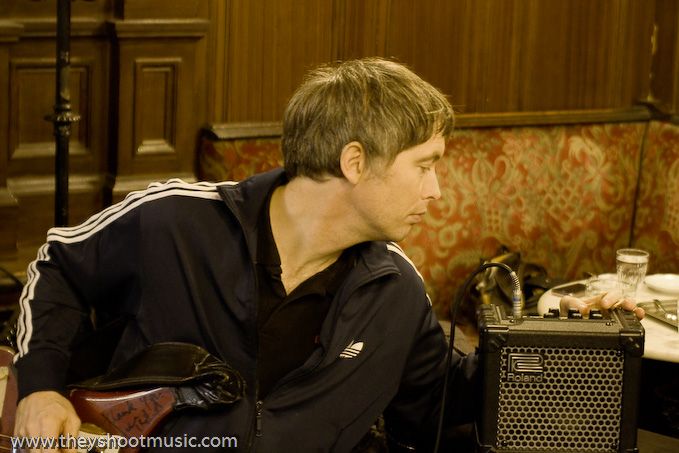


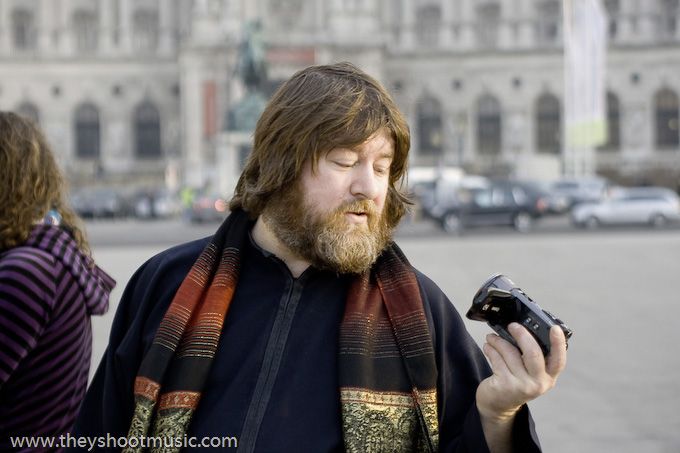

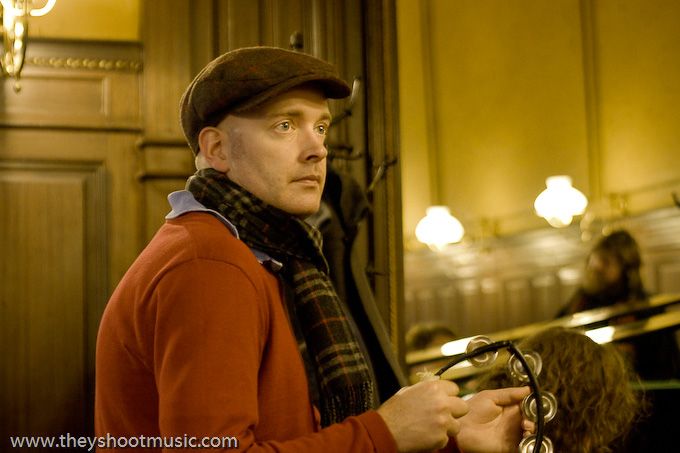
Café Sperl
A little tucked away from Ringstraße – an avenue leading ringlike around the inner city of Vienna that is lined with several of the most famous sights of the city – at Gumpendorfer 11 lies historic Café Sperl. This animated street is just a stone throw away from shopping street Mariahilferstraße and MuseumsQuartier in one direction and Naschmarkt on the other side. While other cafés and bars around here such as phil, Topkino, Lebemann & Hirn are young and hip places, Sperl stands out as the classy instution. The building was erected in 1880 in the Rinstraßen-style, a certain variety of Historism in Vienna, by Jakob Ronacher, but soon after handed over to Family Sperl. The café soon made itself a name for the variety of artists and k.u.k. military that assembled here to have a cup of coffee with kindred spirits. Archduke Franz Ferdinand, architect Joseph Maria Olbrich, painter Koloman Moser and composer Franz Léhar among others became frequenters. No wonder that later owners of listed Café Sperl kept its original well-established name. Like other high profile Wiener Kaffeehäuser Sperl is not a low-budget option. Yet it is an advisable spot for everyone interested in experiencing the sentimental ambiance of what Wiener Kaffeehauskultur is all about. Though Sperl is no longer the hub for the art scene, some nowadays-writers still tend do go there.
Heldenplatz
Turn through 360° once on Heldenplatz and you’ve already seen a considerable amount of Vienna’s most impressive and best-known buildings, including Hofburg, Burgtheater, Town Hall, Parliament and two major museums. Due to its imposing location, Heldenplatz has seen lots of historic events taking place, most notably Adolf Hitler’s announcement of the Anschluss of Austria into Greater Germany in front of a mass of people. The name Heldenplatz (hero’s square) derives from two equestrian statues showing Archduke Karl and Prince Eugen with the intention to glorify Austria’s military achievements. But just when the two statues were unveiled in the 1860s, Austria was defeated in two significant battles (Solferino and Koniggrätz). Today, most of Heldenplatz is a park area, where tourists take a break from sightseeing and locals enjoy the sunshine, play football or let their dogs out on the meadows. Unlike the nearby Volksgarten and most other Viennese parks, Heldenplatz is open all day and night, and no one will tell you to keep off the lawn.